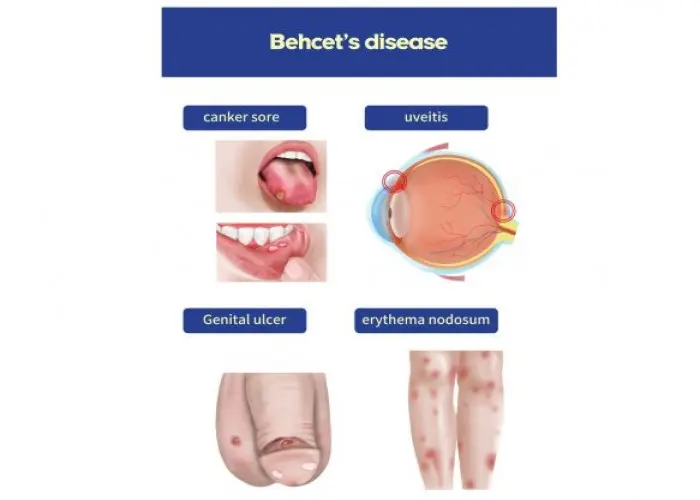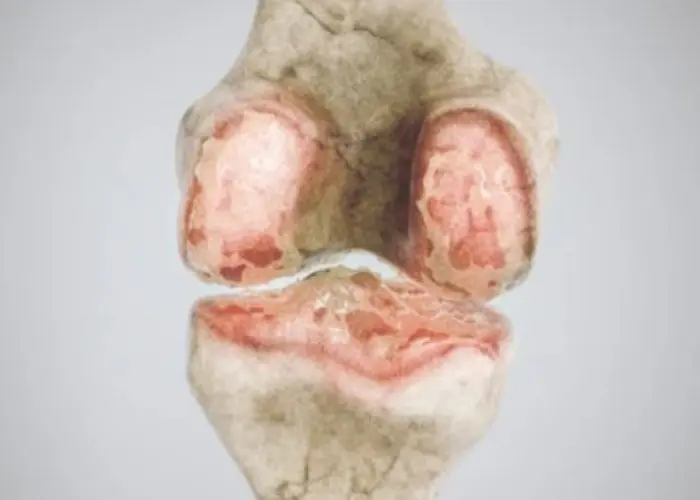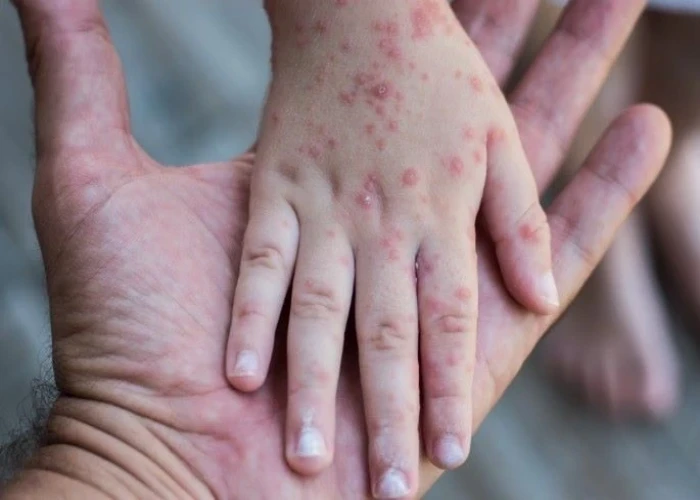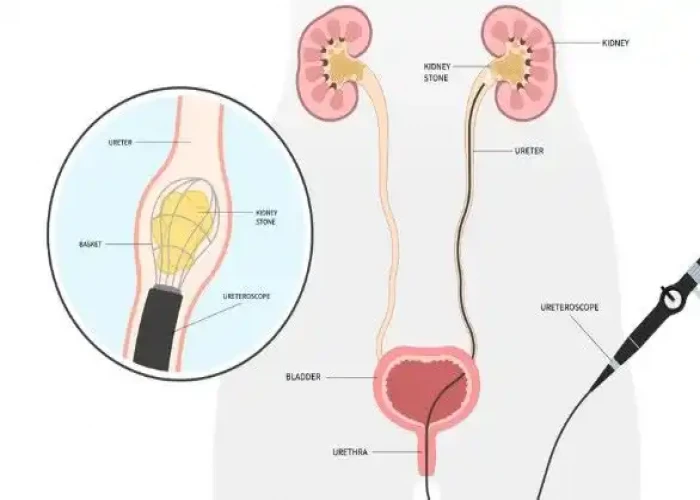 Welcome
Welcome
“May all be happy, may all be healed, may all be at peace and may no one ever suffer."
Lazy eye (amblyopia)

Lazy eye, also known as amblyopia, is a condition in which one eye does not develop normal vision during early childhood. This can occur when the brain and eye do not work together properly, often because one eye is weaker than the other, or because one eye is misaligned or has a different prescription than the other.
Amblyopia is usually diagnosed during childhood, and can result in poor vision in one eye if left untreated. It is important to catch and treat amblyopia early, ideally before age 6, when the visual system is still developing.
Symptoms of amblyopia may include:
- Poor depth perception
- Difficulty with fine visual tasks, such as reading or threading a needle
- Squinting or closing one eye
- Abnormal eye movements or alignment
- Head tilting or turning to one side
Treatment for amblyopia typically involves patching the stronger eye, which forces the weaker eye to work harder and develop better vision. This is typically done for several hours per day over a period of weeks or months, depending on the severity of the condition. Glasses or contact lenses may also be prescribed to correct any refractive errors or misalignment in the eyes.
In some cases, vision therapy or surgery may be necessary to correct misalignment or improve eye coordination. It is important for children with amblyopia to receive regular eye exams to monitor their vision and ensure that any necessary treatments are being implemented. Early diagnosis and treatment of amblyopia can help prevent permanent vision loss in the affected eye.
Research Papers
Disease Signs and Symptoms
- Abnormal eye movement
- Blurred vision of eye
- Abnormal results of vision screening tests
Disease Causes
Lazy eye (amblyopia)
Lazy eye develops because of abnormal visual experience early in life that changes the nerve pathways between a thin layer of tissue (retina) at the back of the eye and the brain. The weaker eye receives fewer visual signals. Eventually, the eyes' ability to work together decreases, and the brain suppresses or ignores input from the weaker eye.
Anything that blurs a child's vision or causes the eyes to cross or turn out can result in lazy eye. Common causes of the condition include:
- Muscle imbalance (strabismus amblyopia). The most common cause of lazy eye is an imbalance in the muscles that position the eyes. This imbalance can cause the eyes to cross in or turn out, and prevents them from working together.
- Difference in sharpness of vision between the eyes (refractive amblyopia). A significant difference between the prescriptions in each eye — often due to farsightedness but sometimes to nearsightedness or an uneven surface curve of the eye (astigmatism) — can result in lazy eye.
- Glasses or contact lenses are typically used to correct these refractive problems. In some children lazy eye is caused by a combination of strabismus and refractive problems.
- Deprivation. A problem with one eye — such as a cloudy area in the lens (cataract) — can prohibit clear vision in that eye. Deprivation amblyopia in infancy requires urgent treatment to prevent permanent vision loss. It's often the most severe type of amblyopia.
Disease Prevents
Disease Treatments
It's important to start treatment for lazy eye as soon as possible in childhood, when the complicated connections between the eye and the brain are forming. The best results occur when treatment starts before age 7, although half of children between the ages of 7 and 17 respond to treatment.
Treatment options depend on the cause of lazy eye and on how much the condition is affecting your child's vision. Your doctor might recommend:
- Corrective eyewear. Glasses or contact lenses can correct problems such as nearsightedness, farsightedness or astigmatism that result in lazy eye.
- Eye patches. To stimulate the weaker eye, your child wears an eye patch over the eye with better vision for two to six or more hours a day. In rare cases, wearing an eye patch too long can cause amblyopia to develop in the patched eye. However it's usually reversible.
- Bangerter filter. This special filter is placed on the eyeglass lens of the stronger eye. The filter blurs the stronger eye and, like an eye patch, works to stimulate the weaker eye.
- Eyedrops. An eyedrop of a medication called atropine (Isopto Atropine) can temporarily blur vision in the stronger eye. Usually prescribed for use on weekends or daily, use of the drops encourages your child to use the weaker eye, and offers an alternative to a patch. Side effects include sensitivity to light and eye irritation.
- Surgery. Your child might need surgery if he or she has droopy eyelids or cataracts that cause deprivation amblyopia. If your child's eyes continue to cross or wander apart with the appropriate glasses, your doctor might recommend surgical repair to straighten the eyes, in addition to other lazy eye treatments.
Activity-based treatments — such as drawing, doing puzzles or playing computer games — are available. The effectiveness of adding these activities to other therapies hasn't been proved. Research into new treatments is ongoing.
For most children with lazy eye, proper treatment improves vision within weeks to months. Treatment might last from six months to two years.
It's important for your child to be monitored for recurrence of lazy eye — which can happen in up to 25 percent of children with the condition. If lazy eye recurs, treatment will need to start again.
Disease Diagnoses
Disease Allopathic Generics
Disease Ayurvedic Generics
Disease Homeopathic Generics
Disease yoga
Lazy eye (amblyopia) and Learn More about Diseases

Sprained ankle

Behcet's disease

Prostatitis

Gout

Pneumonitis

Bone spurs

Measles

Ureteral obstruction
lazy eye, amblyopia, অলস চোখ, এম্বলিওপিয়া
To be happy, beautiful, healthy, wealthy, hale and long-lived stay with DM3S.